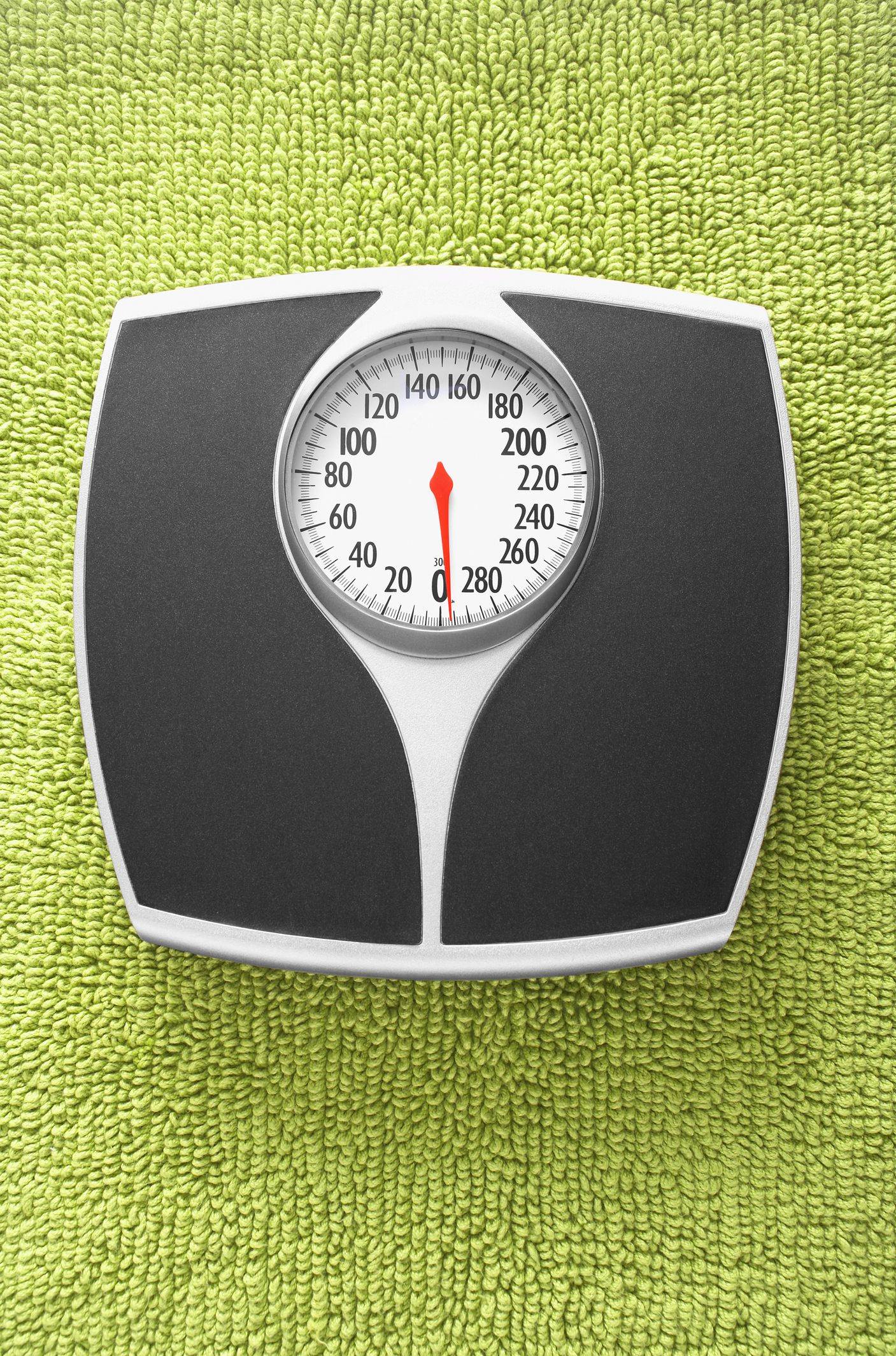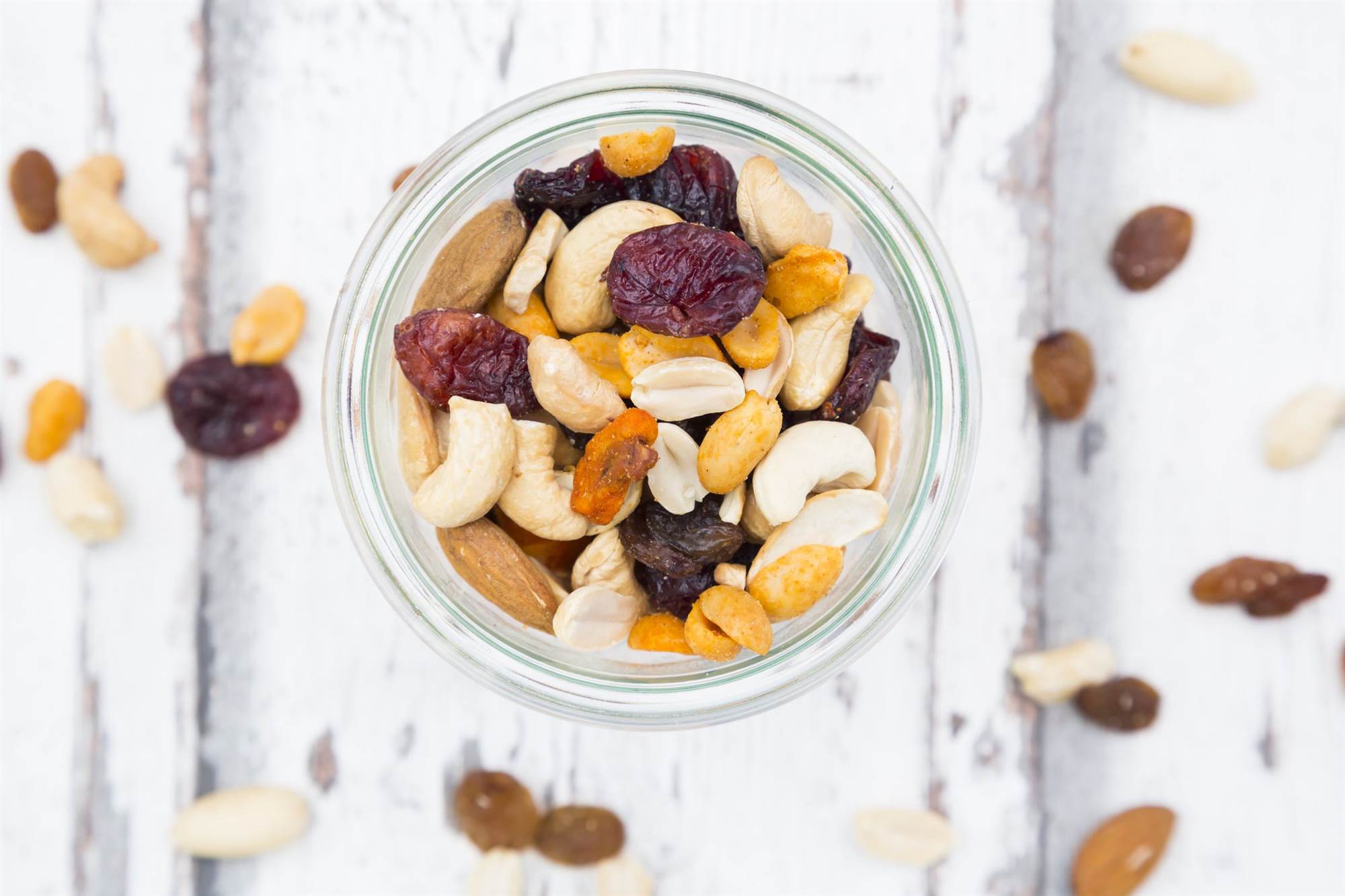Let’s get this tummy truth out of the way immediately: There are no specific exercises proven to spot-reduce belly fat.
“The best way to burn belly fat is to burn fat throughout the whole body. Where you gain - or hold onto - excess body fat is largely dependent on genetics. Some people see more in the midsection, while others hold more in the hips and thighs,” says health coach and personal trainer Mackenzie Banta.
Any lifestyle changes that include exercise, in general, can target belly fat, adds personal trainer David Chesworth. Still, it’s crucial to keep tabs on your waistline. More visceral fat, or fat surrounding your midsection and the internal organs that reside there, can increase your risk for chronic health conditions including type 2 diabetes and heart disease. Recent research also shows that carrying extra belly fat might shrink your brain. Moreover, losing visceral fat appears to be linked to interleukin-6, a molecule that helps control inflammation in the body, according to a 2018 study published in the journal Cell Metabolism.
Here are workout mistakes that might be causing you to hang on to the excess weight-plus better ways to sweat and snack.












Hero Images ©Getty Images
1) You're hustling too hard, too soon
More gym time isn’t always better. “People want to lose 5kg in a week as they see on TV and will make big sacrifices over a few days to do that. It's hard to maintain those sacrifices over several months, though,” says personal trainer Anna Larsen. “It takes patience to make small steps to work toward the body you want in three or six months.”
So honour your body, meet it where it's at today, and build from there, Chensworth recommends. Each week, aim to get moving five to six times a week, with two days of rest. That said, rest days don't mean you need to lay on the couch all day. "Resting can be active like walking your dog or stretching for 15 minutes,” Banta says.
Hero Images ©Getty Images
2) You're not doing what you love
Dread running and rowing, but love sweating to your favourite songs? Then ditch the gym membership and pick up Zumba, instead. “You’ll never stick with a workout if you’re doing what you feel you 'should' do instead of what you actually enjoy. The more you look forward to the activity, the more sustainable and better it will ultimately be for your health,” Chesworth says.
Hero Images ©Getty Images
3) You don't diversify your workouts
Think outside the box. Different styles of exercise offer unique benefits, Banta says, so mixing it up is a must.
“Cardio improves heart strength, endurance and can lower blood pressure and boost your mood. Strength training helps build, preserve lean muscle mass and boost metabolism,” Banta says.
Switching up your workouts will also help you steer clear of injuries from overuse. “If you use the same muscles too frequently, you risk injuries that will leave you sitting on the sidelines,” Chesworth says. “Sprinkle in a variety of workouts throughout each day and week for a balanced routine.”
Hero Images ©Getty Images
4) You focus only on cardio
Cardio workouts, like spinning and running, are important for keeping your heart healthy and burning kilojoules. But balance is key in your belly fat battle. Plus, building muscle is essential for weight loss, Larsen says.
“It's easy to overtrain with cardio, which may make you hungrier than your metabolism can keep up with, since you are mostly burning kilojoules you exercise for. If you focus on strength training, instead of pounding out countless kilometres on the treadmill, you can build muscle that burns fat and uses food to grow,” Larsen says.
She suggests doing a mix of strength work and cardio for a sculpted and toned look. “Every kilo of muscle you gain burns around 170-210kJ (40-50cal) a day, so that can also help to reduce body fat from head to toe,” Larsen adds. Don't forget about yoga, either. It can actually count towards your cardio and strength workout.
Hero Images ©Getty Images
5) You don't warm up before a workout
Exercise puts stress on the body, so it's important to prepare your muscles and joints with a proper warmup routine. Otherwise, you may wind up injured and unable to continue working toward your fat-loss goals.
Trainers recommend doing dynamic stretches before a workout to wake up the entire body, increasing blood flow to the muscle tissues and lubricating the joints. You don't need a lot of time; 10 minutes will do the trick. Start with these foam roller exercises.
Hero Images ©Getty Images
6) You're obsessed with the scale
Unchain yourself from the scale. “When you’re aiming to lose belly fat, the biggest indicator of your progress is actually photos, not the scale,” Larsen says. “Take front, back, and side photos every Monday and compare your week one photo to the current week. You may not see the difference in the mirror or scrolling through photos, but if you put them side by side, you will amaze yourself in as little as six weeks.”
If you need a number to feel like you’re moving the needle, Banta suggests focusing on fat.
“Improving overall body composition is a better goal than getting skinnier. Body fat measurements provide a much more accurate picture of health than other measurements like body mass index, which only generalise your state of health using height and weight,” Banta says.
Or try Chesworth’s strategy and focus on non-scale victories, like “I can carry the groceries up the stairs without taking a break” or “I feel confident wearing a fitted top.”
Hero Images ©Getty Images
7) You think workouts only happen in the gym
Design your belly fat-blasting workouts around your life, rather than your life around your workouts.
“A sustainable program complements your lifestyle. We have enough stresses in our lives. If you treat training as you would any other chore, you’ll most likely quit. If you need a hand, find a professional to help you train smart and design a program for you in a way that fits your current calendar,” says trainer Ackeem Emmons.
If you’re frustrated by weight loss plateaus, “take a walk,” Banta says. It costs zero dollars and “is a great way to get moving, talk through any challenges and get a quick mood boost.”
Hero Images ©Getty Images
8) You don't have a workout plan
“It’s true what they say: If you fail to plan, you plan to fail,” Emmons says. “A structured program allows you to measure and manage your progress. Create a personal report card. I evaluate my eating habits and think about my gym attendance every week or two. After evaluation, I set realistic short-term goals I can achieve until I am seeing results again.”
Setting goals for yourself also keeps you in check. “We sometimes have to act as our own parent when it comes to eating between meals, digging into too much junk food or skipping a workout,” Larsen says.
When you’re overindulging or seeking the sauna instead of the barbell, tailor your environment to nudge you toward healthier choices. Pin a few go-to fast recipes for those times when you don't feel like eating right, and it seems easier to order takeout. Set a bowl of fruit on the counter for grab-and-go snacks. Keep your yoga mat unrolled in an empty corner to crank out a couple sun salutations each evening.
Hero Images ©Getty Images
9) You're cheating in between reps
Don’t ease up too much in between sets if you expect to make progress. "To attain your goal, you must maintain a certain level of intensity. Too much rest between sets will delay results," Emmons says.
Start with a 30-second breather in between sets and adjust as needed to maintain good form. The added benefit of a half-minute, rather than two-minute, break is that your heart rate will stay elevated and you’ll burn more kilojoules.
Be honest with your reps and jot down your moves, number of reps and sets and the weight used. The visible record of your accomplishments and strength gains will keep you coming for more muscle.
Hero Images ©Getty Images
10) You sacrifice good form
It's important to perform exercises with proper form to prevent injury and get the most out of your workout, even if that means lowering the intensity. With each movement, employ your breath and engage the muscles that'll help you get through the eccentric and concentric phases, aka the lengthening and shortening of muscles, in each exercise. If you need to take a second to re-adjust, take it. It'll only help you get stronger and improve your technique.
Hero Images ©Getty Images
11) You're not fueling properly for your workout
A lower-kJ diet and an increase in exercise lead to more weight loss than either strategy alone, according to a study in Obesity.
“Think beyond the gym if you’re struggling to lose kilos or centimetres,” Emmons says. “Diet is a common obstacle, and most of us have a bad relationship with food. Food is not the enemy. We just mistreat it. By adding an excessive amount of sodium and sugar, in addition to unhealthy preparation, we can quickly turn a nutritional meal into a poor decision.”
When Banta notices scale creep among her clients, she asks them to take a good look at their food journal to see if they’ve been snacking more or in larger portions.
Keep an eye on how much you’re eating, enjoy a moderate amount of all food groups and a couple of treats per week. “You’ll end up losing more weight over time than if you tried a restrictive or fad diet,” Larsen says.
Hero Images ©Getty Images
12) Your mindset is all or nothing
The key to slim-stomach success is the same as the key to acing pigeon pose: flexibility.
“Instead of calling yourself a failure when you only did three out of your five weekly workouts, consider yourself a success because you did three more than you have done in the past,” Chesworth says.
Acknowledge that that slip-ups can and will happen. Remember that consistency is always more powerful than intensity.
“If the number on the scale is stopping you from moving forward, start setting action-oriented success markers (such as increasing the weight you can squat with proper form by 10kgs) as opposed to outcome-oriented success markers (like losing 10kgs by summer),” Chesworth says.





.jpg&h=90&w=90&c=1&s=1)




